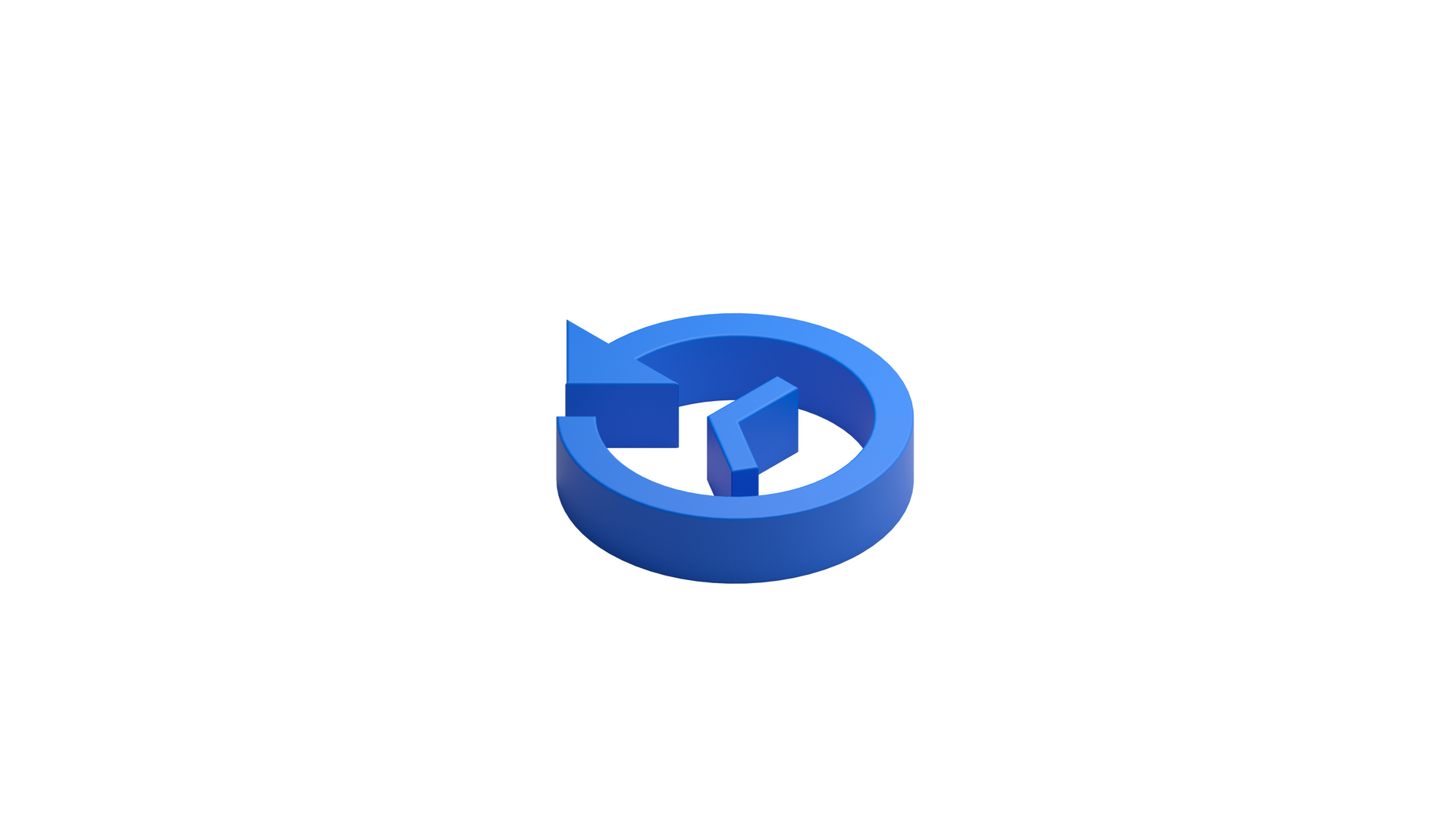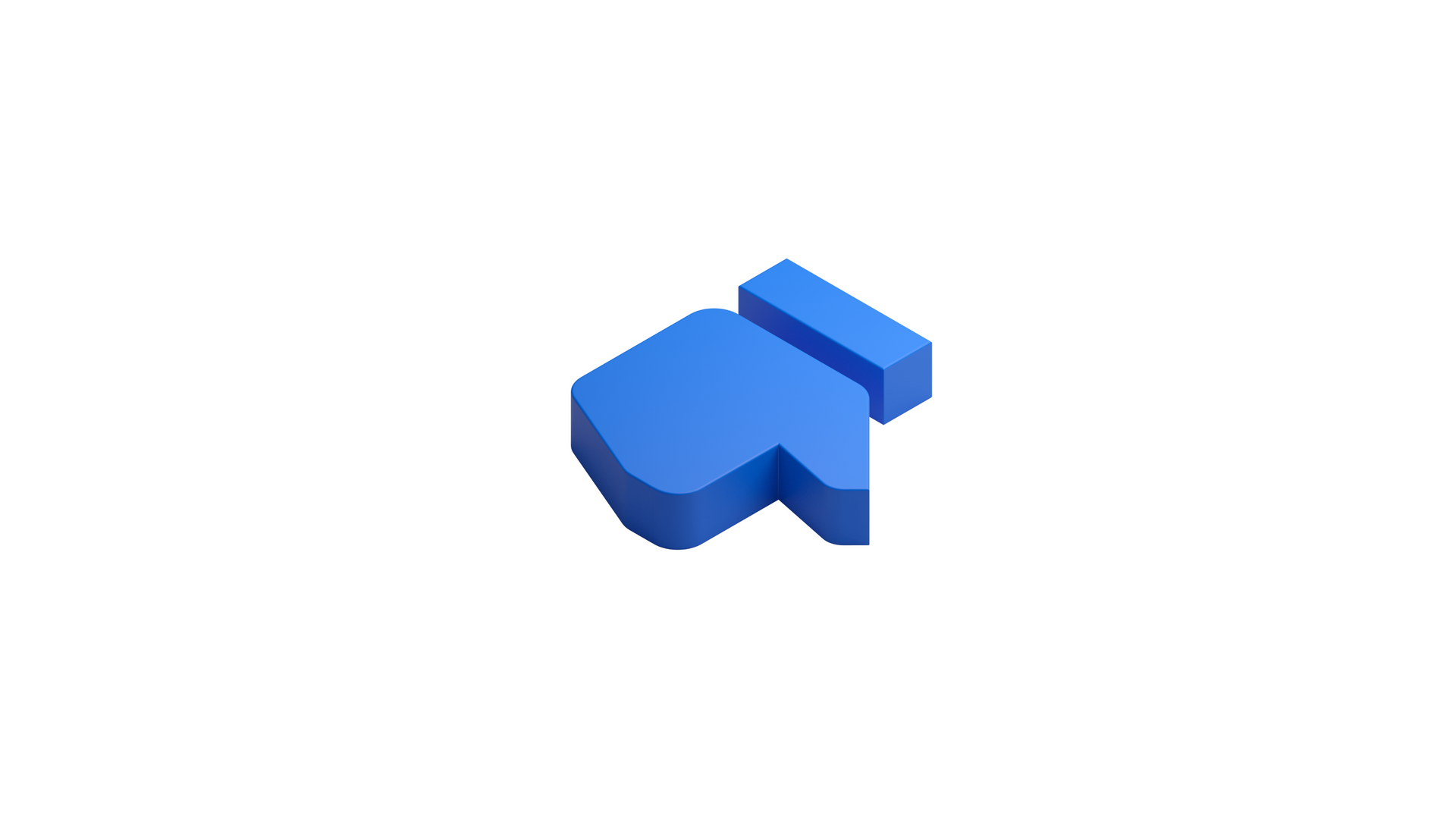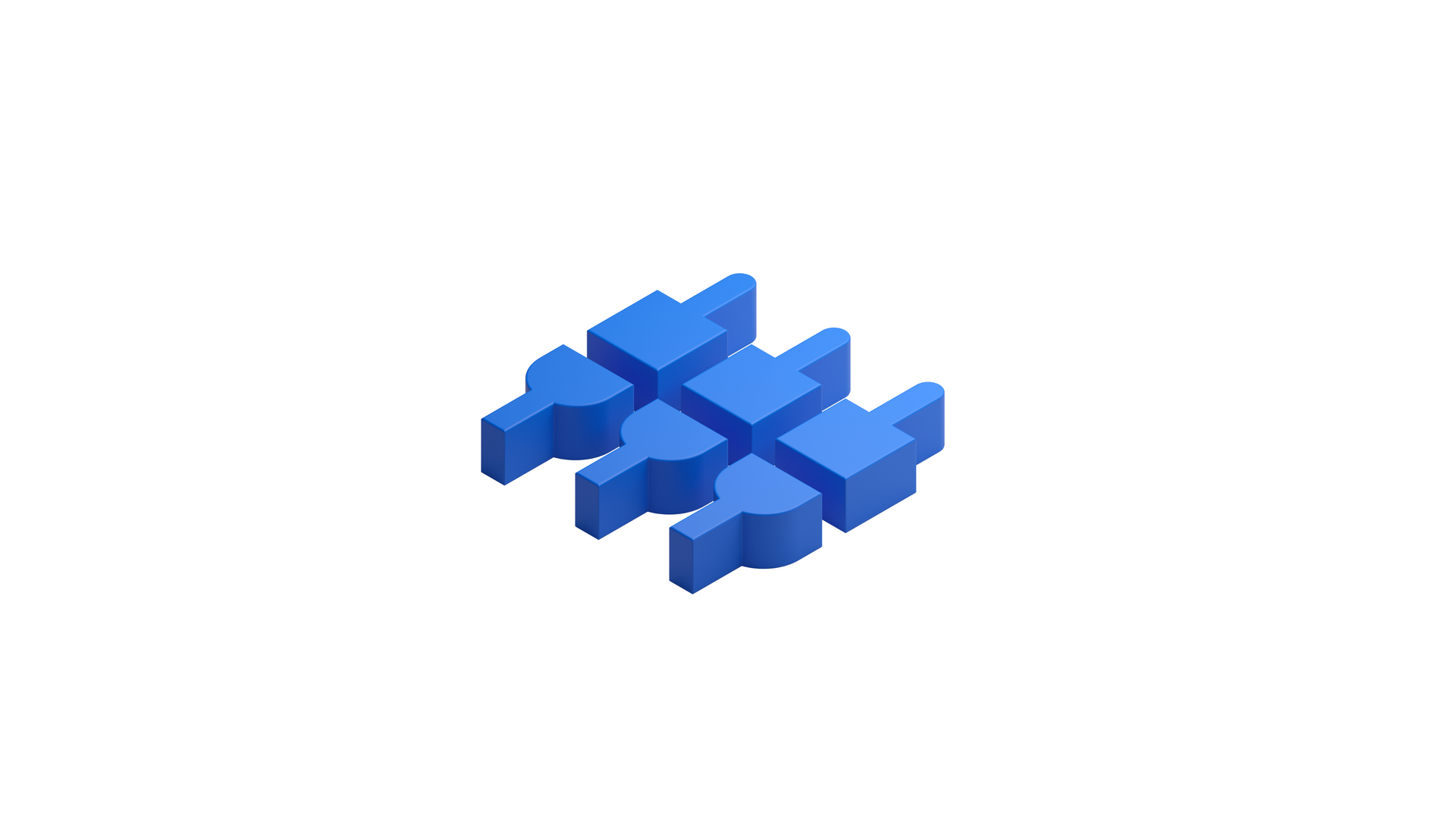From Homeowners to Founders: Why We Started Rafter
Establishing A New Paradigm For Homeowners Insurance
Homeownership should feel safe and empowering. Instead, it’s often overwhelming—and far too often, catastrophic. Last year alone, over $47 billion in preventable losses hit U.S. homeowners from water damage, fires, natural disasters, and equipment failures. Behind every number is a family disrupted, a home damaged, or a memory lost. And insurers are left carrying the financial burden of claims they know could have been avoided.
We started Rafter with a bold vision: to flip the model from reactive to proactive, and to build a future where homes protect the people inside them. That means building what we call
Loss Prevention OS—a platform for home protection that benefits both homeowners and insurers. For families, it means less stress and fewer disasters. For insurers, it means fewer claims, lower loss ratios, stronger retention, and better data visibility across their portfolios. By combining smart technology, trusted service providers, and proactive support, we align incentives on both sides and prove that prevention works at scale.
Learning From Homeowners, Building for Scale
From day one, we made a deliberate choice: start by working directly with homeowners. We wanted to deeply understand their challenges, earn their trust, and design solutions that truly simplify their lives. Over the past two years, we’ve worked with hundreds of families to do exactly that—guiding them through everything from identifying hidden risks to fixing the issues that mattered most.
That experience gave us more than proof—it gave us conviction. Conviction that proactive home protection works. Conviction that families everywhere deserve the same peace of mind. And conviction that insurers are the natural partners to bring this vision to scale. Insurers share our incentive to prevent losses and deliver better homeownership experiences, and they gain the additional benefit of improved economics and deeper policyholder relationships.
Now, we’re transforming those early lessons into a national platform. We’re building not just for hundreds of homeowners, but for millions—together with the insurers who protect them. And while our reach expands, our focus remains razor sharp: the homeowner always comes first.
Partnering to Make Prevention the Standard
The scale of the challenge is massive—$47 billion in preventable losses every year—and so is the opportunity. We believe the future of homeownership is proactive, not reactive. Our vision is bold: every home equipped to anticipate and prevent problems before they happen.
By partnering with insurers, we can accelerate that future—reaching millions of families while creating shared value across the entire ecosystem. Together, we can turn prevention into the new standard of homeownership: reducing claims, lowering costs, strengthening retention, and unlocking new insights that reshape the economics of insurance.
Our north star is clear: a world where every homeowner feels confident their most important investment—their home—is always protected.
Turning Prevention Into the New Standard
Most solutions in the market react after damage is already done. Rafter is different—we are built on prevention and alignment with homeowners and insurers from the ground up. Here’s why it works:
- Homeowner-centric: Designed specifically around the homeowner—simple, intuitive, and personalized at every interaction.
- Detection → Execution: End-to-end support. We identify risks, actively address them through expert guidance and hands-on support, and validate resolution.
- AI-powered + Human touch: We leverage advanced AI to enhance predictive accuracy, while ensuring personalized human advisory is always available.
- Gamified incentives: We motivate preventive behaviors through rewards, challenges, and measurable benefits that make proactive care easy and rewarding.
- Scalable by design: Built to support any homeowner, regardless of geography, type of home, or risk profile.
In many ways, Rafter is the plug-and-play equivalent of a safe-driver program for homeowners insurance—aligning incentives, proving prevention works, and making protection second nature.
The Bigger Picture
At the end of the day, this isn’t just about technology or insurance. It’s about protecting families, preserving memories, and making the places we call home safer and stronger. We started Rafter because we care deeply about those things—for ourselves, for our communities, and for the generations to come.
The $47 billion problem we set out to solve is massive, but so is the opportunity. By making prevention the new standard in homeownership—together with our insurance partners—we can reduce losses, lower costs, and deliver peace of mind at scale. That’s the future we’re building toward: a future where every home protects the people inside it.
We’re excited to share more of this journey with you. As we grow, we’ll continue to open up about what we’re learning, what we’re building, and why it matters.
Thanks for being with us. The best is yet to come.
— Anil & Marcus
Co-Founders, Rafter
Interested in learning more?
Sign up for our newsletter, and we'll keep you up-to-date on our progress.






Smarter Service, Stronger Relationships: How Insurers Can Deepen Policyholder Trust and Risk Insight


